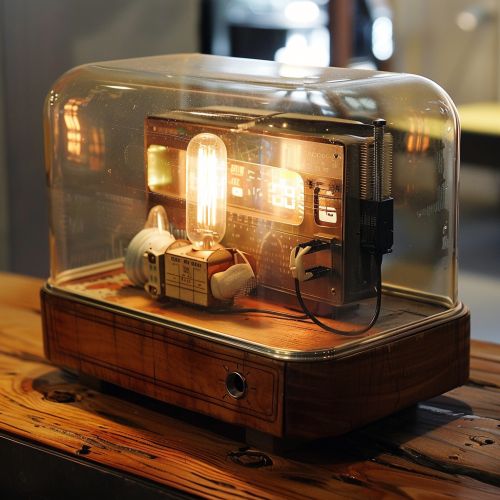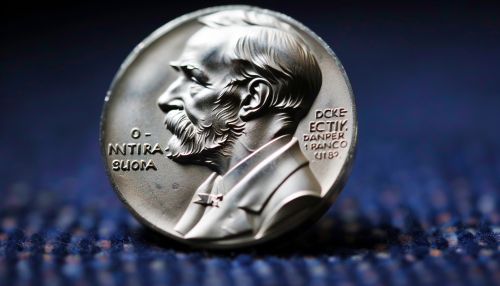Ferdinand Braun
Early Life and Education
Ferdinand Braun was born on June 6, 1850, in Fulda, Germany. He was the sixth child of Konrad Braun, a civil servant, and his wife, Franziska. Braun attended the local Gymnasium, where he showed an early interest in natural sciences, particularly physics and mathematics.
In 1868, he enrolled at the University of Marburg, where he studied physics, mathematics, and chemistry. He later transferred to the University of Berlin, where he completed his studies under the guidance of renowned physicist Hermann von Helmholtz. Braun received his doctorate in 1872 for his work on the oscillatory discharge of electricity.


Career and Contributions
After completing his doctorate, Braun worked as a private tutor and assistant at the University of Würzburg. In 1874, he accepted a position as a lecturer at the University of Marburg. He later held professorships at the Technische Hochschule in Karlsruhe, the University of Tübingen, and the University of Strasbourg.
Braun's most significant contribution to science was the invention of the cathode ray tube (CRT) in 1897. This invention laid the foundation for the development of television and computer monitors. Braun discovered that by applying a voltage to a CRT, he could deflect the path of the electron beam. This discovery led to the development of the oscilloscope, a device used to measure and display electrical signals.
In addition to his work on CRTs, Braun also made significant contributions to the field of wireless telegraphy. He developed a wireless telegraph system that used ground waves to transmit signals, a significant improvement over the existing technology, which relied on atmospheric waves. This system was used extensively in maritime communication and played a crucial role in the development of modern radio communication.


Nobel Prize and Later Life
In 1909, Braun shared the Nobel Prize in Physics with Guglielmo Marconi for their contributions to the development of wireless telegraphy. Braun's work on ground wave transmission and Marconi's work on long-distance radio transmission were recognized as significant advancements in the field of communication.
After receiving the Nobel Prize, Braun continued his research at the University of Strasbourg until the outbreak of World War I. During the war, he was interned by the French authorities due to his German citizenship. Braun died on April 20, 1918, in Brooklyn, New York, while still in internment.


Legacy
Ferdinand Braun's contributions to the fields of physics and communication have had a lasting impact. His invention of the cathode ray tube paved the way for the development of television and computer monitors, fundamentally changing the way people receive information and entertainment. His work on wireless telegraphy has also played a crucial role in the development of modern radio communication.
Today, Braun is remembered as one of the pioneers of modern communication technology. His work continues to inspire scientists and engineers around the world.
